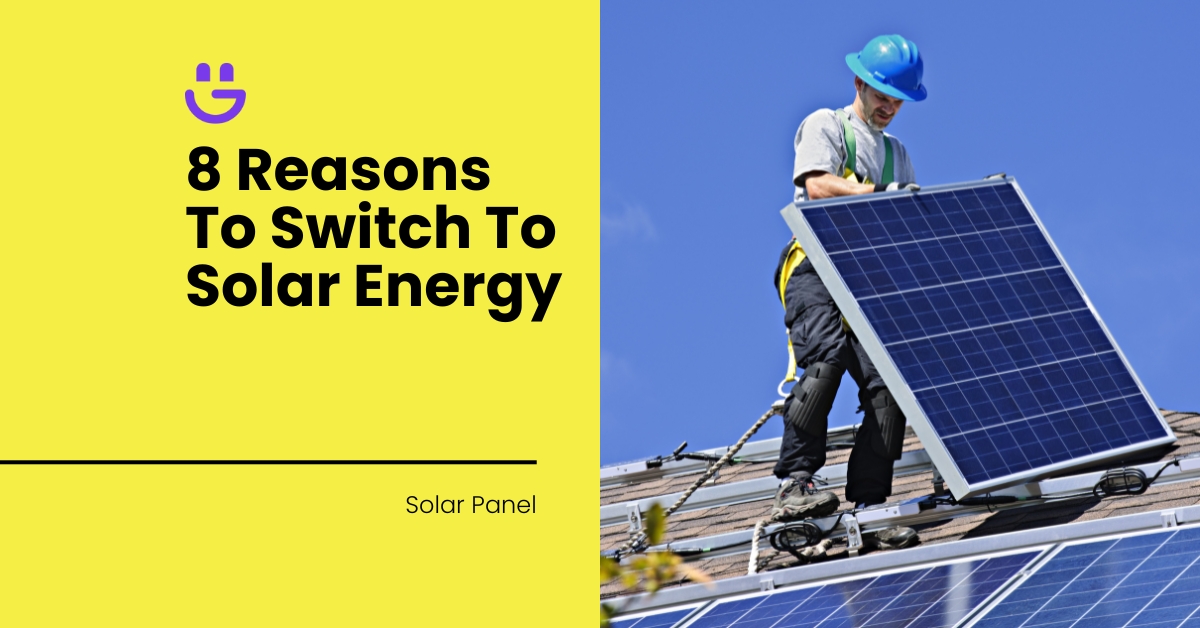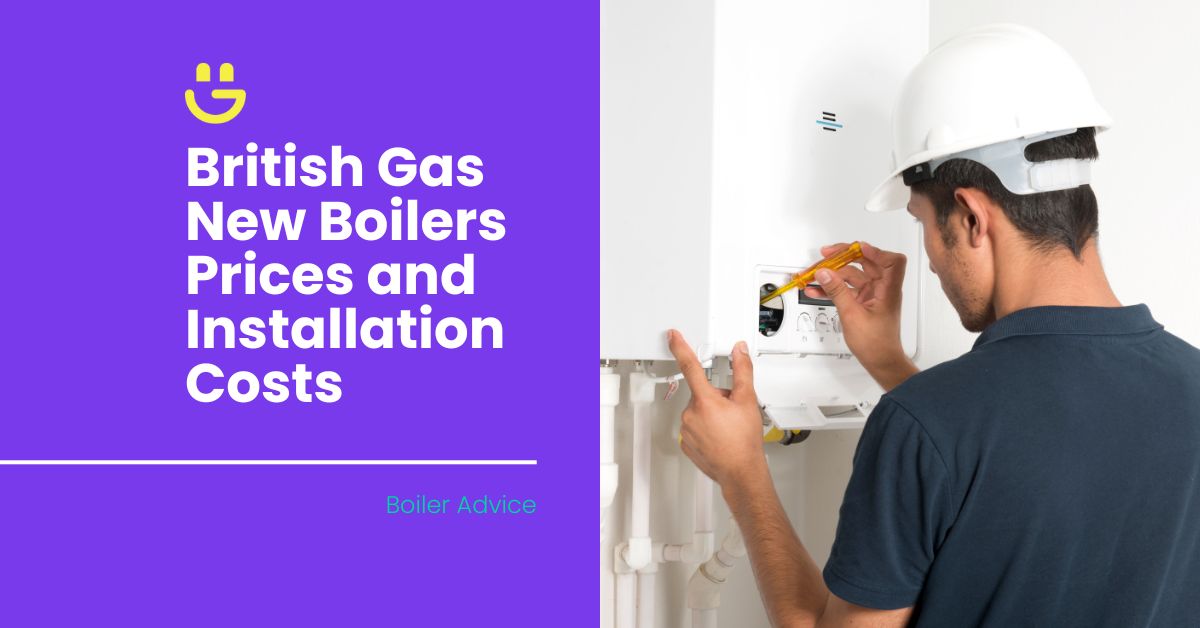Last Updated on November 14, 2025
The average home would need between 20 and 30 solar panels to operate an underfloor heating system, but there are a number of factors that impact this calculation.
To help you get a better idea of how many panels you would need to install, we’ll provide an easy calculation, as well as some factors that influence your solar panel output.
Contents
How to Calculate the Number of Solar Panels Needed for Underfloor Heating?
To determine how many solar panels you will need to power your underfloor heating system, you will need to take the following aspects into consideration:
Estimated energy consumption
To calculate your estimated energy consumption:
- Find out the power rating of your underfloor heating system, typically measured in watts per square metre (W/m²).
- Determine the total area in square metres (m²) that will be heated and how many hours per day the system will be running.
Eg: Total daily energy consumption = 150 W/m² x 50 m² x 6 hours = 45,000 Wh or 45 kWh per day
Annual energy consumption
Multiply your daily energy consumption by the number of days the underfloor heating system will be in use annually. For this example, let’s assume you will be using the system for 190 days per year.
Eg: Annual energy consumption = 45 kWh/day x 190 days = 8,550 kWh per year
Solar panel energy production
In the UK, a typical solar panel generates about 250 to 400 kWh per year, depending on factors like location, orientation, and efficiency. It’s safe to assume that each solar panel you install will generate an average of 300 kWh per year.
Number of panels
The final step is to divide the annual energy consumption of your underfloor heating system by the annual energy production of one solar panel.
Eg: Number of panels = 8,550 kWh / 300 kWh per panel ≈ 29 panels
What Are the Factors That Influence Solar Panel Output Efficiency?
Several factors can influence the output efficiency of solar panels in the UK, which ultimately impacts how whether your system can power your underfloor heating.
Location
Sunlight exposure varies across the UK, with southern regions receiving more sunlight compared to northern areas. Cloud cover and rainfall can also reduce the amount of direct sunlight that reaches your panels, increasing your need for more solar panels. Check out our article on adding more solar panels to your existing system.
Panel positioning
The efficiency of a solar underfloor heating system will also depend on how the solar panels are positioned. The optimal orientation is south-facing and the ideal panel tilt angle is roughly 30-40 degrees. It’s also important to note that shading affects solar panel efficiency, whether from trees or other buildings.
Panel quality
Higher-quality solar panels generally have better efficiency and longevity. Factors such as the type of solar panel photovoltaic cells (monocrystalline vs. polycrystalline) also affect performance. The better quality solar panels you can buy, the longer they will last and the better they will perform.
Maintenance
Regular cleaning and maintenance are essential to keep panels free of dirt, debris, and snow, which can block sunlight and reduce efficiency. Ensuring electrical connections and inverters are functioning properly also helps maintain optimal performance, something Eco Happy can assist with.
Can solar panels fully power my underfloor heating system?
It is possible for solar panels to fully power your underfloor heating system, especially if your home has a well-sized solar system. However, underfloor heating systems can consume a significant amount of electricity, so it’s important to ensure that the total energy output from your solar panels matches your heating needs.
In some cases, a battery storage system may be used to store excess solar energy for use during cloudy days or at night.
Get Your Free Installation Quote Today!
Ready to take control of your energy bills and make a positive impact on the environment? Eco Happy makes it easy to get started with solar. Simply send us a few details, and we’ll provide you with a tailored solar panel installation quote that meets your needs. Let’s help you embrace renewable energy and start saving today!
Final Thoughts
Solar-powered underfloor heating is one of the most efficient ways to keep your home comfortably warm, save on heating costs, and do your part for the environment.
By properly evaluating how many solar panels you need from the start, you can ensure greater energy efficiency and enjoy all the additional benefits that solar PV panels have to offer.
FAQs
How do solar panels power different types of underfloor heating?
With electric underfloor heating systems, solar panels convert electricity into heat that is directed into heating mats or cables under the floor. A wet underfloor heating system is made up of pipes, which are heated via a solar-powered electric heater. These systems generally require a backup heat pump or boiler to provide continuous heating.
Is a solar underfloor heating system expensive to run?
When powered by solar, underfloor heating can be an efficient and cost-effective way to maintain a comfortable living space. Solar-powered electric underfloor heating costs average around £229 per year, while wet underfloor heating systems cost about £57 per year if you use solar thermal panels and a boiler.
Can I heat my entire home with underfloor heating powered by solar?
Yes, this is possible, but it’s most common in new builds. This is because installing underfloor heating and solar throughout an existing home can be costly and time-consuming. If you do want to heat your entire home using underfloor heating, a wet underfloor heating system is ideal as it’s less costly to run and even more efficient than radiators.





Tom Allen
Solar Expert